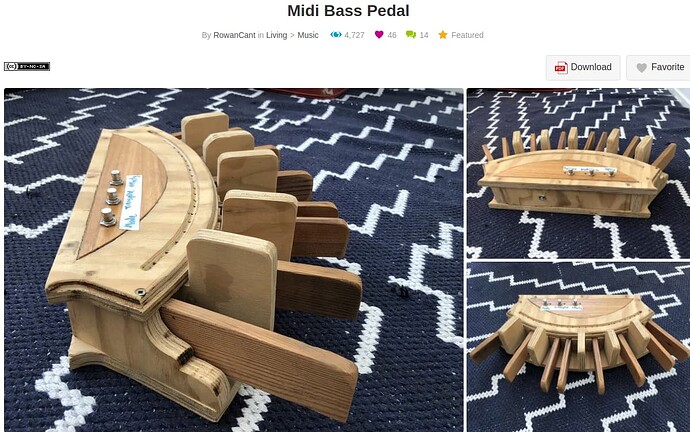So I would be just as happy to buy a set of commodity bass pedals, one octave would do fine, two would be great, and send the data to something I’ve already got. In the end I just want a set of bass pedals.
But the only pedals available are matched to expensive keyboards and cost well north of $1k, if you can find them at all. I believe there used to be a decent set made by Roland for under 500, but it’s long dead. The real burn is that a friend of mine had a set before I knew I wanted them, and he sold it. I also don’t understand why Behringer doesn’t have a set, or why they cancelled the FCB1010 for that matter cause I’d take one of those too if I could find it, I could probably make do with that for my purposes.
The only thing I’m aware of that is foot controlled and has a chromatic layout is a small button-based unit by some boutique pedal maker, it’s affordable and I might get one at some point, but I want pedals, not tiny switches. I want something I can take my frustrations out on.
Anyways, I’ve been messing around with Arduinos forever now and I’m tired of waiting for modern private equity business practices to service a less-lucrative market segment, so I’m gonna build (or hack) myself a set, I’m gonna pack a Zynthian into it, and I’m gonna call it the Zynotaur/Zynataur, in tribute of course to Moog’s Taurus units. I might try to duplicate the panel layout of the original Taurus and implement a “Classic Taurus” mode, just for fun, but the main thing is the pedals, I wanna be able to trigger chords and samples and whatnot.
So anyways, as much as I know how to arduino, I’ve never done this sort of a project before, so input is very welcome, particularly in terms of implementing the pedals.
I have a Teensy in a bin somewhere that will serve as the brain. I don’t remember which one it is but I selected it because it had enough power for DSP applications, so we can only assume it will handle notes on and off just fine. If people actually wanna talk about this project, I’ll come back with more details than anyone could ever want lol
I have a few pages bookmarked somewhere of other people that hacked pedals from old organs, but I’m okay with wood so I think I’ll just build from scratch. I have no idea what I’m going to do as far as the actual physical mechanism, but I think it will be a weighted counterbalance type thing. I want it to stay put.
As far as the actual switching… I would like to have some form of velocity sensing, but that is optional. I read one thing a while back where they use Hall Effect sensors and magnets embedded in the pedals, and that seems like something which could possibly measure velocity, if the processor is fast enough. It was also pretty cheap to do it that way, so I’ll be investigating that.
I’m also going to experiment with a combination of force-resistive sensors and linear softpots - in theory this could do the job, and have aftertouch as a bonus. Can the sensors handle the stomping, is the question - possibly with a lot of padding, but then do we lose accuracy? This is where the hall effect thing is probably going to win out, but if I can integrate the pressure strip for aftertouch that’ll be fantastic.
Anyways, thoughts are welcome, obviously plans will be released for free for whatever I get done.
